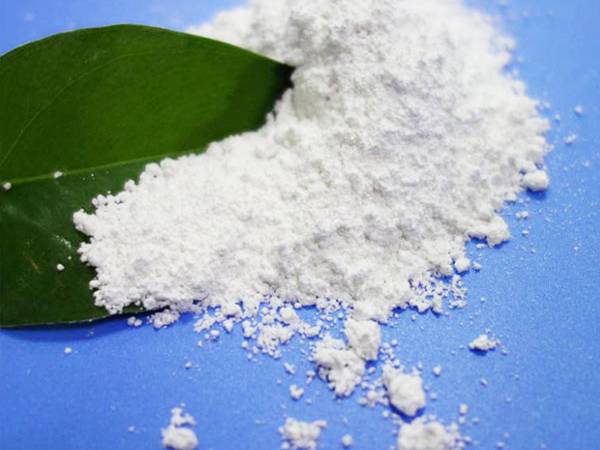



Applications and Benefits of Polyacrylamide PAM in Various Industries
The Role of Polyacrylamide (PAM) in Modern Industry
Polyacrylamide, commonly referred to as PAM, is a synthetic polymer that has garnered attention across various industries for its versatility and effectiveness. Initially developed in the 1950s, polyacrylamide has since evolved into a vital component in many applications ranging from water treatment to agriculture. In this article, we will explore the significance of PAM, its properties, applications, and its impact on modern industrial processes, particularly in China where its usage has seen remarkable growth.
Understanding Polyacrylamide (PAM)
Polyacrylamide is formed by the polymerization of acrylamide, a compound that is produced from petrochemical raw materials. The polymer possesses high molecular weight, making it an effective flocculating agent, which causes particles dispersed in water to clump together and settle. PAM can be manufactured in various forms, including non-ionic, anionic, and cationic types, each tailored for specific purposes based on their charge properties.
Applications of Polyacrylamide
1. Water Treatment One of the primary applications of PAM is in the treatment of wastewater. In both municipal and industrial settings, PAM enhances the coagulation and sedimentation processes, significantly improving the efficiency of solid-liquid separation. It is used extensively in the treatment of industrial effluents, helping to reduce the environmental impact of waste disposal.
2. Soil Conditioning and Agriculture In agriculture, PAM has gained popularity as a soil conditioner. It helps to improve soil structure, enhance moisture retention, and reduce erosion. The use of PAM in irrigation can lead to better water usage efficiency, which is crucial in arid regions. Furthermore, PAM assists in controlling runoff and preventing soil degradation, thus promoting sustainable agricultural practices.
3. Mining Industry The mining sector benefits from PAM through its use in mineral processing. PAM aids in the separation of valuable minerals from ores, enhancing recovery rates and reducing environmental impact. Its ability to flocculate fine particulates improves the efficiency of processing operations and minimizes waste.
china polyacrylamide pam

4. Paper Industry In the pulp and paper industry, PAM is used as a retention aid, helping to improve fiber retention during the paper-making process, thereby increasing product yield and quality.
5. Construction PAM plays a role in construction as well. Its properties as a viscosity modifier make it an additive in construction materials such as concrete and asphalt. By enhancing the workability and stability of these materials, PAM contributes to the overall durability and performance of construction projects.
Environmental Considerations and Safety
Despite its wide-ranging applications, there are concerns regarding the safety and environmental impact of polyacrylamide. Research indicates that acrylamide, a component of PAM, is a potential neurotoxin and carcinogen when present in high concentrations. However, when used appropriately and in controlled environments, the risks can be mitigated. Efforts are being made to ensure that PAM products meet regulatory standards and that their usage does not pose a threat to human health or the environment.
Growth in China
China has emerged as a significant player in the production and consumption of polyacrylamide. With its expansive industrial base and the growing demand for water treatment solutions, agricultural enhancements, and mineral processing, the country continues to invest in the development of PAM technologies. Chinese manufacturers are focusing on producing high-quality PAM with lower environmental impact, thereby driving innovation in the field.
Conclusion
Polyacrylamide stands out as a pivotal polymer in modern industrial applications. Its diverse range of uses from water treatment and agriculture to mining and construction underlines its importance in addressing the challenges faced by various sectors. As industries strive for sustainability and efficiency, PAM's role is likely to expand further, especially in rapidly developing economies like China. As we continue to explore the potential of PAM, maintaining a balance between its benefits and environmental safety will be crucial for its long-term success in industry.
-
Why Sodium Persulfate Is Everywhere NowNewsJul.07,2025
-
Why Polyacrylamide Is in High DemandNewsJul.07,2025
-
Understanding Paint Chemicals and Their ApplicationsNewsJul.07,2025
-
Smart Use Of Mining ChemicalsNewsJul.07,2025
-
Practical Uses of Potassium MonopersulfateNewsJul.07,2025
-
Agrochemicals In Real FarmingNewsJul.07,2025
-
Sodium Chlorite Hot UsesNewsJul.01,2025










